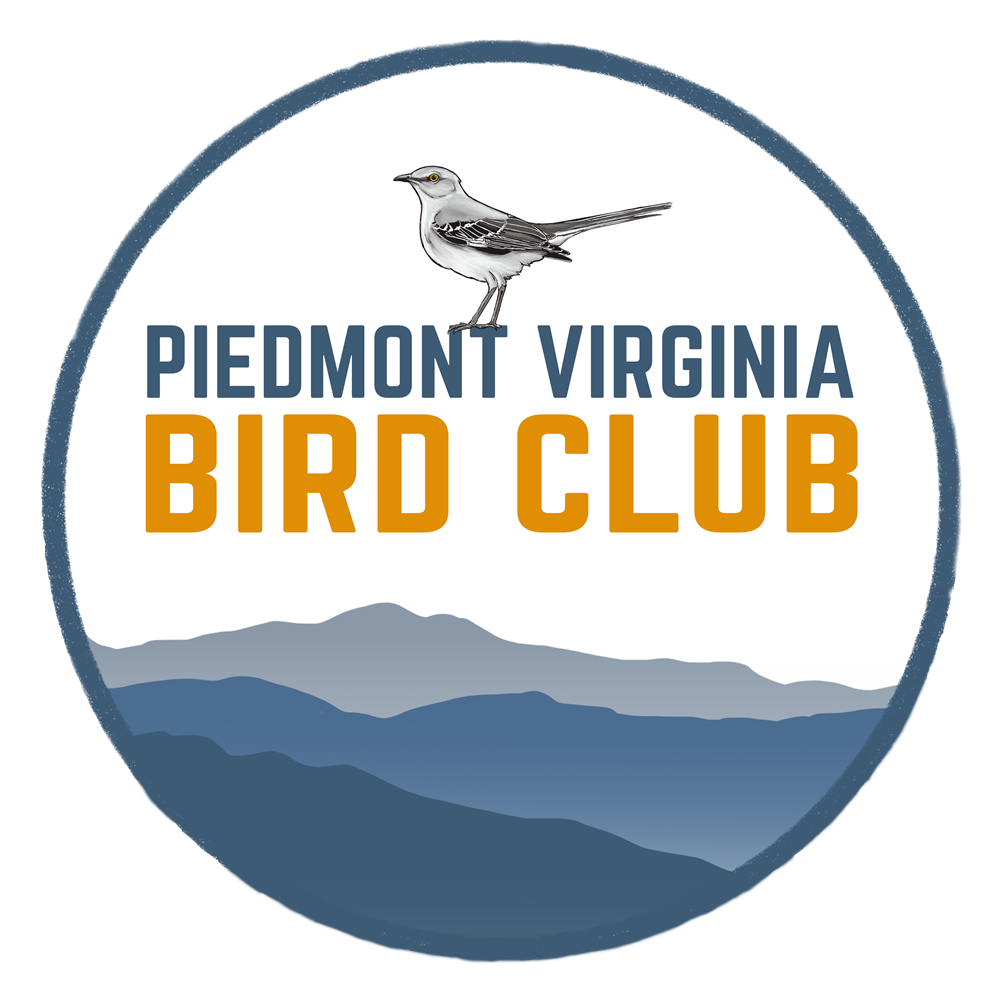VABB2 Webinar on March 14, 2020
Intro and housekeeping– Ashley Poole
Translating the VABBA2 into Bird Conservation Action Sergio Harding – non game breeding bird ornithologist with DGIF.
Awesome massive data set for DGIF and eBird. Data on waterfowl, game birds, water birds, woodpeckers, raptors, song birds, all studied in the atlas project. Data used for conservation mission and connect to the birding community.
Atlas Data on species distribution on a block level based on raw data, then Occupancy modeling (predicted distribution). Add 30 year old data and produce a comparison with today. Now data much more precise.
8- Point count surveys per block – 5 min observation at points counting density “heat map.” Partial and non-comprehensible data produced. Then to estimate population.
Why?
Regulatory review- recommendations on activities not to occur (TOYR).
Land acquisition – 40 WMA, 200,000 acres of protected land.
Habitat management- examples – red-cockaded at Big Woods, cerulean at Gathright, Golden-wing warblers in Highland WMA
Education and outreach – festivals, social media, VA wildlife magazine, Atlas to give DGIF more and better information to post.
Conservation Planning- wildlife action plan identified 80 priority species of most concern. 2025 is the next plan date and coincide with VABBA publication.
Surveys research and monitoring- begets more surveys and research. Already using preliminary data to map out shrike populations do banding.
Citizen Science eBird and the Future of Bird conservation Ian Davies, Cornell
Using eBird- Wisconsin, Virginia, Maine, New Zealand, New York, Israel’s, Maryland-DC, and maybe soon NC.
Atlas data- Better and more precise locations for species beyond block level information. Better insights to behavior due to breeding codes. Block effort hours are amazing.
Data is collected to help birds. Example: 119 species locating over time of their migration making it possible to understand on a hemispheric level.
eBird status and trends
On science tabs abundance charts can be found. Available for 610 species and growing. The bird book maps are over simplified blobs of occurrence, a uniform color.
How do you detect declines or increases in common birds? Harder to see if It is 8 down from 10 (or up).
Dynamic land conservation map
Example: California’s Central Valley
Modeled shorebird abundance plus surface water map and the Nature cConservancy paid farmers for temporary flooding of fields from bids. Bird counts way up.
Upcoming eBird development
Atlas block lines in maps
More comprehensive explore in mobile app
Merlin photo id on upload
Bird Atlas Central
The Home Stretch – Year 5 – Ashley Poole
516,000 breeding codes by 2016-9/19
4.5 million bird observations
1260+ volunteers
60,000 field hours so far
192 breeders in VA (215 possible breeders)
Several new species moving northward into VA (painted bunting, anhinga, Mississippi kite)
Blocks with over 20 hours and priority blocks grew last year.
2019- major gaps in open landscapes and observations of eastern meadowlark, yellow-breasted chat, dickcissel, Blue grosbeak, grasshopper sparrow, prairie warbler, northern bobwhite.
– Shifting to mountain-valley areas in SW that is underreported with 1-3 hours of effort. Virginia. Rose-breasted grosbeak, veery, least flycatcher, cerulean warbler, yellow bellied sapsucker, vireos and warblers.
– Southern piedmont and boarder with NC will need more observations.
– If you can’t travel go for rare species, bird public lands or good habitats in non priority blocks or night jar observing.
– Block busting in group or on own: rallys, Bird Club events.
– Priority block effort map will be continually updated. Some gaps will be covered by field technicians.
Basics
1. Going to the right places – priority blocks
2. Use block level maps- avenza pdf app
3. Add breeding codes
4. Entering checklists in the Atlas eBird portal



